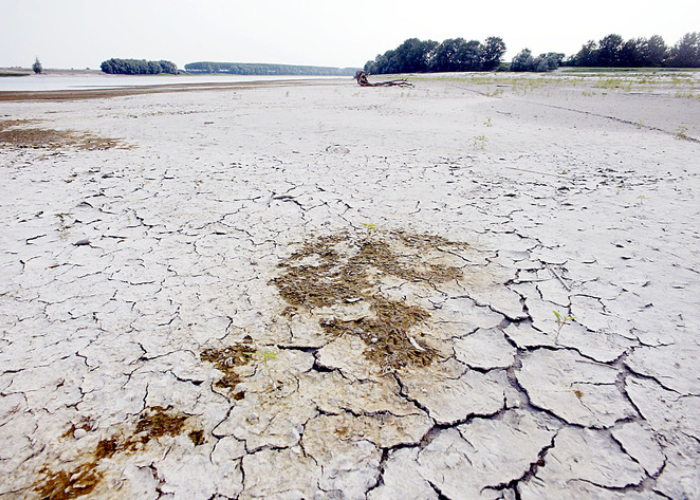The future of water in Italy: shortages and drought spread across the countryBY RIAN IGNASIAK
- 16 March 2023
- Posted by: Competere
- Categories: Commodities, highlights, News

In regions such as Piedmont and Lombardy, residents are facing a future without access to tap water. In Piedmont, aging relics are resurfacing as the Po River’s water level drops dramatically – its average flow for June is 1.805 cubic metres per second, while June 2022 measured only 145 cubic metres per second. There is a fine of up to 500 euros for residents who use water for non-domestic use, and similar fines exist in Lombardy.
Another year of drought level rain and snowfall is expected, leading to lower crop yields and increased water shortages which will impact supply chains nationwide. We can expect food supply to be heavily impacted, with the FAO calculating that 83% of the drought’s impacts in the past decade were absorbed by the agricultural sector. In Rome, officials have lowered water pipe pressure to save water and are even considering turning off the city’s emblematic fountains.
On March 1, Palazzo Chigi was the site of a meeting held to discuss the issue and identify the following four steps to move forward: form a steering committee to organize all ministries towards action and compliance with new technologies; escalate water preservation legislation; initiate a public water-use campaign; and, finally, appoint a commissioner to head the committee’s missions. From here, residents of Italy can only consume water responsibly and hope that the committee will act quickly and thoroughly.
.
Image credit: courtesy of ANSA <<<
